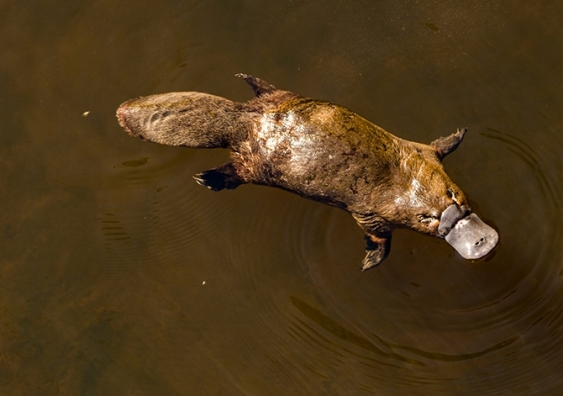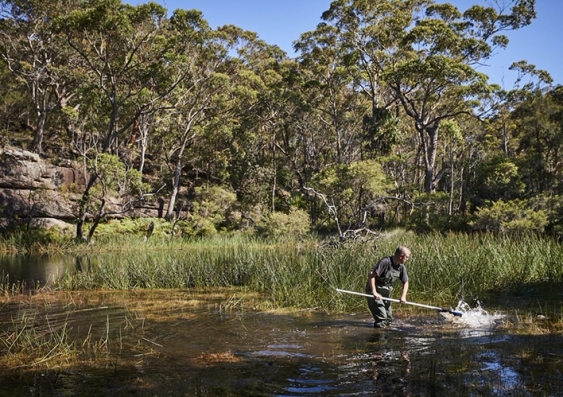Platypuses likely gone from Royal National Park - but they may come back
Environmental survey findings confirm what scientists have suspected; platypuses aren’t in Royal National Park. But plans to reintroduce the iconic species to the park later this year will change this.


